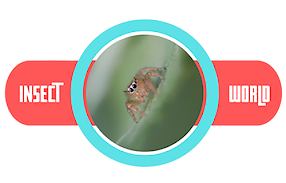Exploring Dolichoderus Ants: Taxonomy, Description, Distribution, and Biology
Taxonomic Insights: Discover the global presence of Dolichoderus, a widely distributed genus of ants. In 1959, Kempf meticulously revised the ants of the Neotropical genus Monacis, an effort continued by Brown in 1973, and G. C. Wheeler and J. Wheeler in 1973 and 1976. Notably, both Monacis and Hypoclinea were considered junior synonyms of Dolichoderus, solidifying its taxonomic significance.
Descriptive Features: Meet the archetype, Dolichoderus attelaboides, the type species encapsulating the essence of this genus. Worker ants exhibit a distinctive physique, boasting a compact body of around four millimeters, characterized by a robust, inflexible integument with intricate sculpturing. Noteworthy features include a saw-like flange near the mandible base and a deeply impressed longitudinal suture on the metathorax's central plate. The concave posterior face of the propodeum and the unique horizontal slit orifice of the cloaca, surrounded by stiff erect bristles, further distinguish Dolichoderus.
Global Distribution: Embark on a worldwide journey with Dolichoderus, as members of this genus populate every continent except Antarctica. Their adaptability and ubiquity underscore their global ecological significance.
Insights into Biology: Delve into the diverse biology of Dolichoderus colonies, varying in size and constructed ingeniously in soil, curled leaves, hollow plant stems, and cartons crafted by ants blending chewed wood with secretions. Notable versatility is observed, with species like Dolichoderus pustulatus nesting both underground and in trees depending on geographical location. Workers showcase a multifaceted diet, tending to sap-sucking insects, such as aphids and scale insects, while also preying on small arthropods. Some species even emit a distinctive, pungent fluid. Intriguingly, species like Dolichoderus plagiatus and Dolichoderus taschenbergi present the possibility of polygyny, with multiple queens in one nest, and potential social parasitism dynamics, the latter possibly involving D. plagiatus as a host for D. taschenbergi.
Explore the rich tapestry of Dolichoderus ants, where taxonomy, description, distribution, and biology intertwine to paint a vivid portrait of this globally dispersed and ecologically diverse genus.


0 Comments